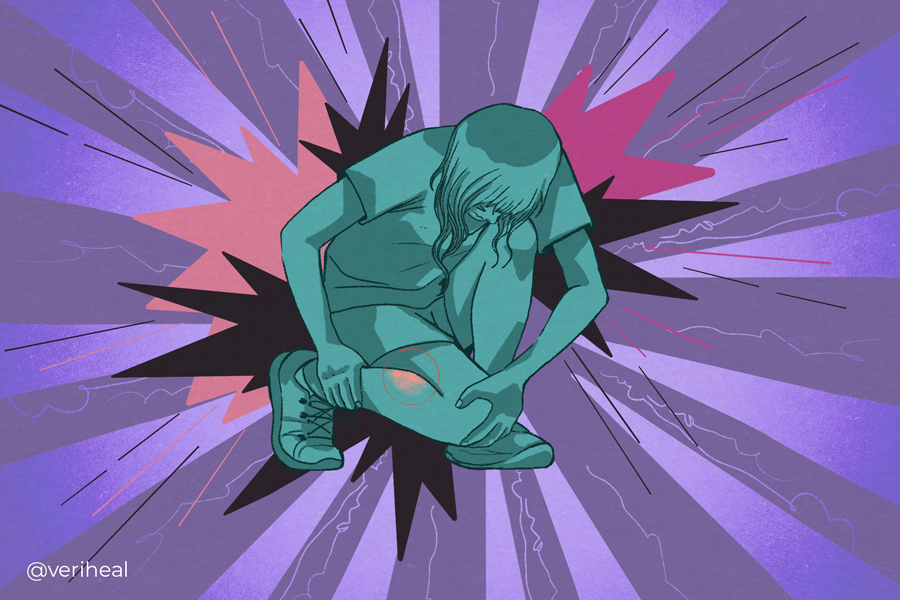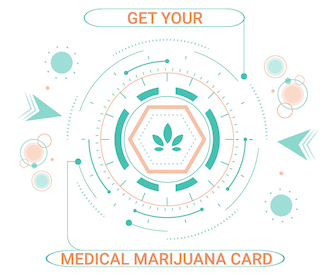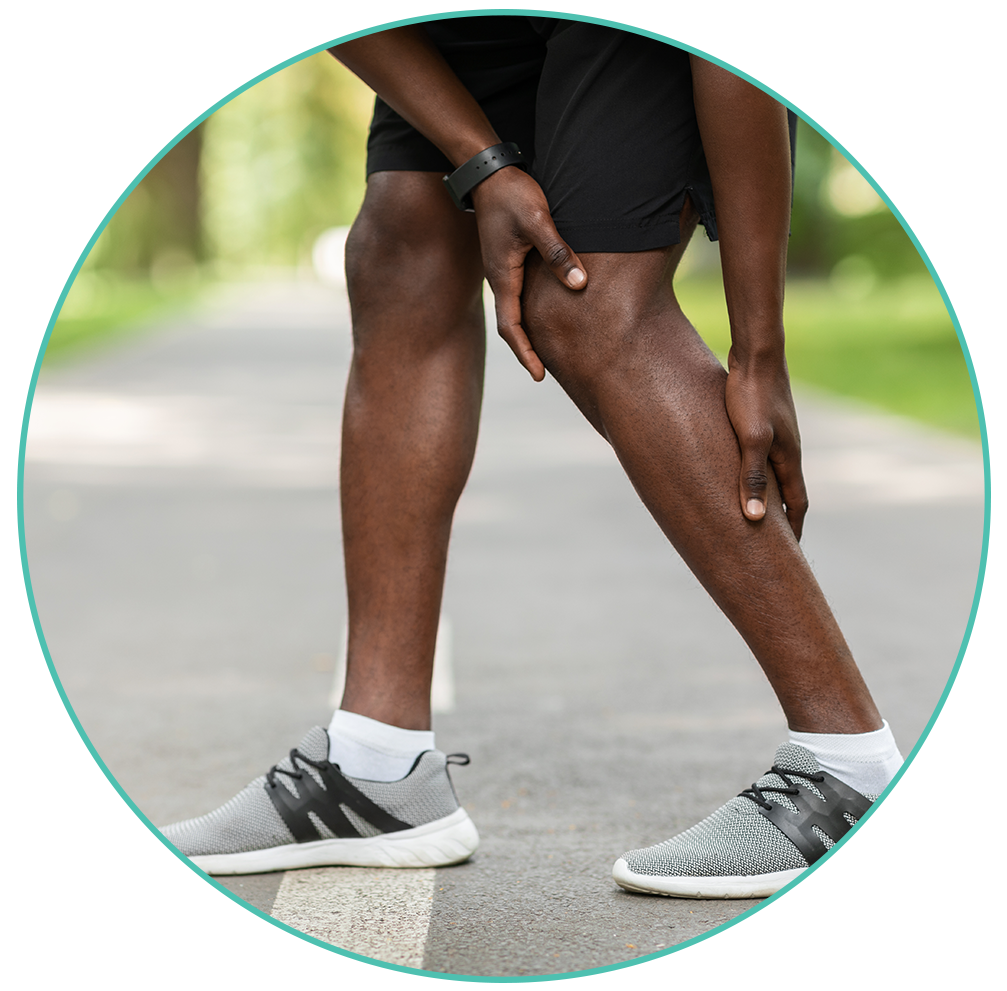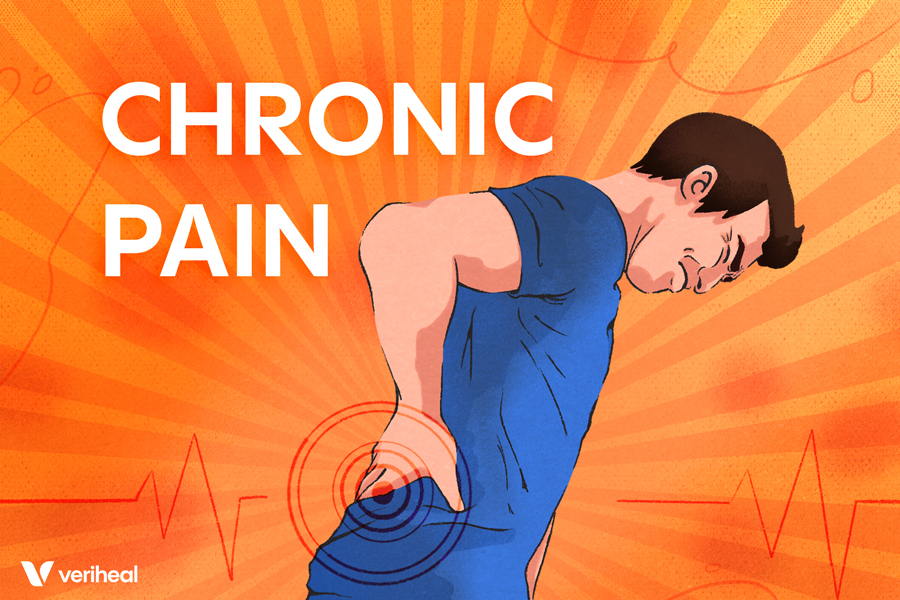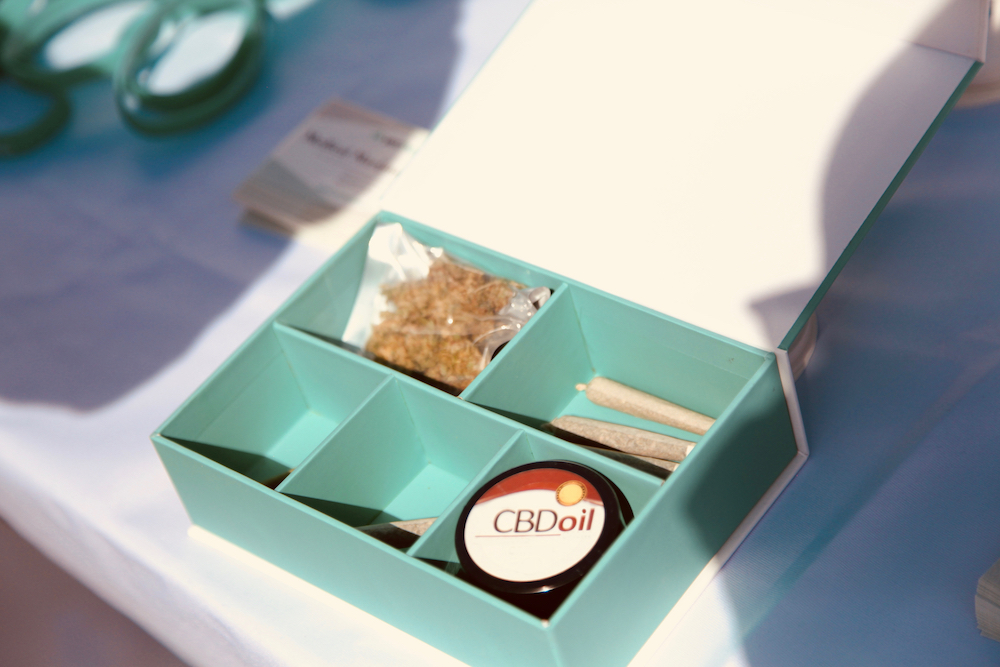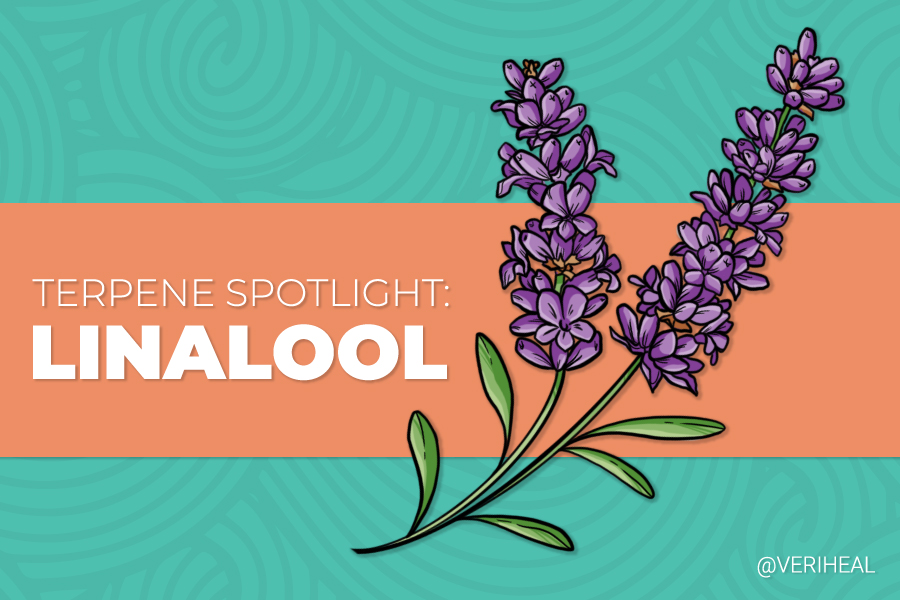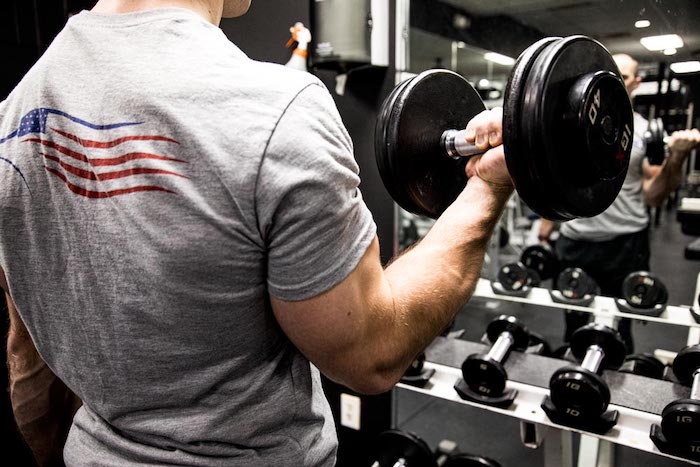Cannabis and CBD for Muscle Cramps and Spasms
What You Need To Know: Cannabis For Muscle Spasms
Muscle spasms may cause severe pain that can significantly impact quality of life.
Compounds in cannabis, called cannabinoids, might help relieve muscle spasms and cramps. They work by interacting with the body’s endocannabinoid system, which helps keep things balanced in the body. THC and CBD are two cannabinoids that have natural properties to reduce inflammation and pain, which could help with muscle spasms. Other cannabinoids like CBDA, CBG, and CBN have shown potential muscle benefits in some studies.
The best preparations for muscle spasms include oil-based tinctures and capsules. These options are discreet, fast-acting, and long-lasting. Complementary treatments like herbs and supplements may enhance relief. Always consult with a doctor for personalized recommendations for how cannabis can best help combat your specific symptoms.
The Science Behind Cannabis and Muscle Spasms
Involuntary muscle movements, known as muscle spasms, muscle cramps, or twitches, affect 60% of U.S. adults (8). Skeletal muscle spasms can occur in any part of the body.
While they might not cause serious concern, they can severely impact your quality of life if left untreated.
When your muscles contract involuntarily, you are likely to experience unbearable pain. Spasms may last from a few seconds to several minutes, depending on the severity of localized muscle group contractions.
Muscle cramps sometimes seem to come out of the blue. However, they are commonly associated with overexertion or some medications. They are also associated with underlying health conditions, including dehydration, pregnancy, end-stage renal disease (ESRD), ALS, multiple sclerosis, cirrhosis, diabetes, and fibromyalgia.
According to a multi-center American study, 46% of muscle cramp cases usually arise in patients with chronic obstructive pulmonary disease (COPD) (2). A separate multi-center American study discovered that 74% of cramps tend to occur in athletes and high environmental heat conditions (2).
Thankfully, muscle spasms can be diagnosed and treated after a doctor’s evaluation. Cannabis is among the many potential treatment options that could significantly ease chronic muscle-related pain.
- Muscle Spasms: Signs, Symptoms, and Types
- Muscle Spasms Causes and Complications
- Treatment for Muscle Spasms
- Can Cannabinoids Provide Relief from Muscle Spasms?
- The Role of the Endocannabinoid System in Treating Muscle Spasms
- What Preparations of Cannabis are Best for Muscle Spasms?
- Talking to Your Doctor About Cannabis-Based Treatments
- Complementary Treatments Worth Discussing with Your Doctor
Muscle Spasms: Signs, Symptoms, and Types
Involuntary muscle tightening and contracting can impose a heavy burden on your daily life.
When your muscle spasms, you may struggle to move your muscle at all. Spasms can cause the muscle to feel hard to the touch. These involuntary contractions often occur in the legs but can also affect many other types of muscles in the body, meaning that the symptoms are varied.
Although cramping sensations tend to diminish within a few minutes, muscle pain may linger for 2-5 days.
Common muscle spasms are painful. However, muscles that become involuntarily contracted for much longer are often painless (except in tetanus).
These kinds of long, chronic cramps may be classified in two ways. Dystonias typically originate in the central nervous system or result from tetanus infection.
Some of the most common types of muscle dystonias include:
- Torticollis – A condition that occurs when the neck muscles spasm suddenly and cause the head to twist to one side.
- Benign essential blepharospasm (BEB) – A rare neurological disorder that causes abnormal contraction of the eyelid muscles.
- Laryngeal dystonia (LD) – A condition that causes involuntary contractions of the vocal cord muscles.
On the other hand, myotonias typically originate in the muscles, such as myotonic dystrophy. Dystonias and myotonias require different methods of treatment.
If you are someone who has already been diagnosed with a cramp-causing condition, you might also experience one or more of the following symptoms:
- Back, head, or neck pain
- Coordination problems
- Double vision
- Muscle weakness
- Numb skin
- Paralysis
- Pins-and-needles sensations
- Sleep disturbances
- Slow movements
- Tremors
Muscle Spasms Causes and Complications
Since cramps can occur in many different scenarios, determining a list of causes is more complex than other conditions.
As a result, if a doctor cannot determine the exact cause, they will likely diagnose you with “idiopathic” muscle spasms or spasms with an unknown cause.
However, you may be more likely to develop leg cramps if you sit or stand for long periods on hard surfaces, overuse the leg muscles, or sit improperly.
Muscle spasms often arise due to electrolyte abnormalities, muscle tiredness and overuse, and dehydration. Some other common causes of muscle spasms include (but are not limited to) anxiety, stress, and trapped nerves.
If you have cramps and pain at night, your doctor may diagnose you with nocturnal leg cramps.
You may experience muscle cramps regardless of your age or level of physical activity.
Nevertheless, certain people are at higher risk of developing muscle spasms, muscle spasticity, and cramps. Older adults, people who are obese/overweight, and people who are pregnant are at a higher risk of experiencing muscle spasms and cramps.
Let’s take a look at some more risk factors and medical conditions that may contribute to muscle contractions:
- Leading an Athletic Lifestyle: Runners and athletic individuals often experience spasms in calf muscles after exercising. These athletes may be diagnosed with “charley horse.” Electrolyte and sweat loss are likely causes, causing dehydration. Adequate hydration and proper stretching before and after exercise can prevent charley horses (5).
- Anti-Myelin-Associated Glycoprotein Antibody (Anti-MAG) Neuropathy: An estimated 60% of patients with Anti-Myelin-Associated Glycoprotein Antibody (Anti-MAG) Neuropathy report having muscle cramps. In addition to this, 20% of Anti-MAG patients report experiencing a false sensation of muscle cramps, especially in the lower and upper limbs (2).
- Dehydration: Currently, there is no direct link between fluid loss and changes in electrolyte balance as a definite cause of cramps. Nonetheless, being dehydrated before working out can also contribute to muscle spasms.
- Amyotrophic lateral sclerosis (ALS): Statistics show that 75%-95% of patients with amyotrophic lateral sclerosis (ALS) also have muscle cramps (6).
- Diabetes: In 60% of people diagnosed with Type 1 diabetes mellitus, the onset of muscle cramps is connected with neuropathy. Specifically, these cramps are associated with hyperexcitability of the peripheral nerve.) Conversely, approximately 80% of people with type 2 diabetes tend to experience muscle cramps.
- Cirrhosis: Approximately 88% of the patient population for cirrhosis tend to experience muscle cramps (2).
- Chronic Renal Failure: As many as 50% of people diagnosed with end-stage renal disease, otherwise known as end-stage kidney disease or kidney failure, will endure muscle cramps, particularly in the lower limbs (2).
- Fibromyalgia: Based on statistics published by the National Data Bank for Rheumatic Diseases, muscle cramps are among the ten comorbidities affecting fibromyalgia patients. Researchers believe one of the most likely triggers is hyperexcitation of the peripheral nervous system.
People over 60 years old who suffer from specific health conditions – including diabetes, nerve disorders, or thyroid-related disorders – may also be at increased risk of experiencing more frequent muscle spasms than healthy individuals.
Treatment for Muscle Spasms
Preventive measures can help you avoid muscle spasms before they even happen.
Stretching your muscles regularly before and after engaging in any kind of physical activity could prevent painful involuntary muscle tightening and contractions (5).
Additionally, staying hydrated is another critical preventative practice that can help to reduce the risk of muscle spasms and cramps.
To treat muscle spasms, a doctor may prescribe you physical therapy, antispasmodics, muscle relaxants, or over-the-counter anti-inflammatory medications, such as acetaminophen and ibuprofen to combat muscle contractions.
If you’re already experiencing discomfort caused by muscle spasms, you can try the following home remedies:
- Apply an ice or heat pack to the affected area(s)
- Take a warm bath
- Consume a daily vitamin B12 complex
Can Cannabinoids Provide Relief from Muscle Spasms?
Yes, cannabinoids can help to provide relief from muscle spasms and cramps.
Cannabinoids are naturally occurring compounds contained in the cannabis plant. Active cannabinoids such as Tetrahydrocannabinol (THC) and Cannabidiol (CBD) possess natural anti-inflammatory properties and pain-killing properties that can combat muscle spasms, contractions, and cramps (3, 7).
Cannabis terpenes, including myrcene, pinene, linalool, limonene, caryophyllene, and humulene, have demonstrated pain-relieving properties in limited and preclinical studies (4).
New science on minor cannabinoids can also effectively combat pain and inflammation. Though these cannabinoids are rarer than CBD and THC, modern extraction tools now allow us to concentrate and study these often overlooked cannabinoids.
Minor cannabinoids such as THCV, CBDA, CBDV, CBG, CBC, CBCA, and CBN have also demonstrated pain relief and specific muscle benefits in limited studies.
According to a 2021 review on minor cannabinoids, CBN isolate can help combat symptoms of chronic muscle pain disorders such as temporomandibular disorders and fibromyalgia (11).
The same review also mentions how CBDV improved muscle quality and locomotion in mice with Duchenne muscular dystrophy (DMD). These effects are attributed, at least partly, to their unique anti-inflammatory actions.
Cannabis should not, however, be considered a cure, nor should it be used as a replacement for any medicines your doctor may have prescribed you. Always consult a doctor before introducing cannabis-based medication into your health and wellness routine.
The Role of the Endocannabinoid System in Treating Muscle Spasms
Woven into the human body is an intricate network of endocannabinoids, receptors, and enzymes known as the Endocannabinoid System (ECS).
The role of the ECS is to maintain homeostasis. When you consume cannabis-derived compounds, you can give your ECS a mighty boost.
Cannabinoids release their effects by interacting with specific receptors in the ECS – mainly in the brain, connective tissues, glands, immune cells, and organs. These cannabinoid receptors make up the ECS, which helps to maintain stability in various bodily functions.
Cannabinoids and terpenes can also trigger many other receptors in the body involved in pain perception. Dopamine, serotonin, GPR-55, and TRP receptors are not classically part of the ECS but are now considered part of the larger “endocannabidiome” (eCBome).
The eCBome is a very new concept in cannabis science that is still in the works of being fleshed out.
One particular study titled “Cannabinoids for the Treatment of Spasticity” found that
“cannabinoids have modest efficacy in reducing muscle spasticity in adults with multiple sclerosis” (9). They also found similarly encouraging – though limited – results in pediatric populations.
The study noted that self-reported muscle spasms at home were improved with cannabinoid use. However, researchers had difficulty discerning this improvement from the objective measurements and ratings the doctor’s office generally performed.
What Preparations of Cannabis are Best for Muscle Spasms?
The diversity of available product options is one of the main appeals associated with medical cannabis consumption.
Tinctures are one of the most discreet, rapid, and convenient options for muscle spasms – while also the healthiest.
Like edibles, oil-based tinctures release their effects over 6-8 hours.
However, in contrast with edibles, tinctures are generally much easier to control dosage and allow for enhanced absorption through the mouth. Oil-based tinctures can be dropped beneath the tongue and take effect in 15-30 minutes, meaning they also take effect faster than edibles.
Generally, the effects of THC and CBD edibles surface in 30-90 minutes. Although edibles take longer to relieve muscle spasms, this cannabis preparation is a worthwhile option for micro-dosing.
Oil-filled capsules and tablets are also beneficial for achieving pain relief through micro-dosing. The minor cannabinoids mentioned above can be found in modern hemp-based tinctures and products from reputable suppliers.
Alternatively, you may consider using inhalers for consistent dosing or cannabis topical balms/salves for localized relief from muscle spasms. Dry herb, concentrates, and oils can also be vaped for pain relief.
Smoked cannabis should be avoided for its potential airway side effects.
Talking to Your Doctor About Cannabis-Based Treatments
Consulting your doctor can help you understand exactly what type of muscle cramp you are experiencing. A consultation can also help you understand the medical uses of cannabis as they relate to your specific condition.
Your doctor or healthcare practitioner may conduct basic laboratory and pathology tests to determine whether or not your cramps are associated with a physiological condition.
For example, a simple blood test will detect fundamental causes of muscle stiffness and cramps, including dehydration, kidney or liver disease, and diabetes. Urine tests may also detect pregnancy and further evaluate kidney disease.
Alternatively, electromyography examinations, CT scans, or magnetic resonance imaging (MRI) can also help pinpoint any neurological lesions that might be causing muscle spasms.
After a diagnosis, you can begin discussing cannabis-based treatment options with a doctor. However, cannabis should not be used as a substitute for physical therapy, bracing, adequate hydration, exercise, stretching, or doctor-prescribed medications like cyclobenzaprine or baclofen.
Remember that muscle spasms should be nothing more than a momentary or temporary problem. If the pain becomes intolerable or spasms begin after contact with a hazardous substance, you should seek emergency medical attention.
Complementary Treatments Worth Discussing with Your Doctor
Alternative pain remedies can make a massive difference in treating muscle spasms and one’s quality of life. Although some prescribable medications can help ease muscle spasms, many people are turning to natural muscle relaxers.
Herbs can amplify your immune system when included in your daily health and wellness routine. Since certain autoimmune disorders can cause the immune system to attack the muscles, immune system-boosting herbs like celery, seed, German chamomile, goldenrod, kava kava, rosemary, saw palmetto, and yarrow may prove beneficial.
Another complementary treatment for muscle spasms involves the use of supplements. A small-scale study published in the Iranian Journal of Public Health found that blueberry supplementation may enhance exercise performance and reduce inflammatory markers (10).
Numerous other supplements may help relieve muscle spasms symptoms, including arnica, curcumin, lemongrass, magnesium, peppermint oil, protein, and pomegranate juice.
CBD oil can be an effective treatment option for chronic pain like muscle spasm-related pain. Survey research indicates that CBD oil might be an effective remedy for muscle relaxation (1).
Hybrid and sativa-dominant cannabis strains tend to combat muscle spasms and cramps more successfully than their indica counterparts. Certain sativa-dominant marijuana strains grow with an abundance of muscle-relaxing anti-inflammatory terpenes, such as:
- Delta-limonene
- Beta-myrcene
As local cannabis and hemp oil laws are regularly changing, staying up-to-date on local laws is crucial. Although the non-psychoactive cannabinoid CBD is legal in all areas, it may react with other medications. As such, you should consult a doctor before trying CBD or other hemp-based cannabinoids for muscle spasms.
Obtaining a medical marijuana card can grant you access to various cannabis-based treatments. Finding out if you qualify for medical cannabis through Veriheal is the first step to getting plant-based medicines from a medical marijuana doctor.
Note: Veriheal does not intend to give this as professional medical advice. Do not attempt to self-diagnose or prescribe treatment based on the information provided on this page. Always consult a physician before making any decision on the treatment of a medical condition.
This article was originally published in April 2020. The content was last updated on April 25, 2023.
1. Baron, E.P., P. Lucas, J. Eades, and O.Hogue. (2018).Patterns of medicinal cannabis use, strain analysis, and substitution effect among patients with migraine, headache, arthritis, and chronic pain in a medicinal cannabis cohort. The Journal of Headache and Pain 19, no. 1: https://doi.org/10.1186/s10194-018-0862-2.
2. Bordoni, B., Sugumar, K., Varacallo, M. (2022). Muscle cramps. StatPearls Publishing LLC. https://www.ncbi.nlm.nih.gov/books/NBK499895/.
3. Henshaw, F.R., L.S. Dewsbury, C.K. Lim, and G.Z. Steiner.(2021). The effects of cannabinoids on pro- and anti-inflammatory cytokines: a systematic review of in vivo studies. Cannabis and Cannabinoid Research 6, no. 3: 177–95. https://doi.org/10.1089/can.2020.0105.
4. Liktor-Busa, E., A. Keresztes, J. LaVigne, J.M. Streicher, and T.M. Largent-Milnes. (2021). Analgesic potential of terpenes derived from cannabis sativa. Pharmacological Reviews 73, no. 4: 1269–97. https://doi.org/10.1124/pharmrev.120.000046.
5. MacGill, M. Charley horse: causes, symptoms, remedies, and more. Medical News Today. MediLexicon International, March 31, 2023. https://www.medicalnewstoday.com/articles/312241.
6. Mitsumoto, H., C. Chiuzan, M. Gilmore, Y. Zhang, C. Ibagon, B. McHale, J. Hupf, and B. Oskarsson. (2019). A novel muscle cramp scale (MCS) in amyotrophic lateral sclerosis (ALS). Amyotrophic Lateral Sclerosis and Frontotemporal Degeneration 20, no. 5-6: 328–35. https://doi.org/10.1080/21678421.2019.1603310.
7. Mlost, J., M. Bryk, and K. Starowicz. (2020). Cannabidiol for pain treatment: focus on pharmacology and mechanism of action. International Journal of Molecular Sciences 21, no. 22: 8870. https://doi.org/10.3390/ijms21228870.
8. (n.d.). Muscle cramps & spasms. MUSC Health. Medical University of South Carolina. https://muschealth.org/medical-services/geriatrics-and-aging/healthy-aging/cramps-and-spasms. (n.d.). Muscle cramps & spasms. MUSC Health. Medical University of South Carolina. https://muschealth.org/medical-services/geriatrics-and-aging/healthy-aging/cramps-and-spasms.
9. Nielsen, S. B. Murnion, G. Campbell, H. Young, and W. Hall. (2019). Cannabinoids for the treatment of spasticity. Developmental Medicine & Child Neurology 61, no. 6: 631–38. https://doi.org/10.1111/dmcn.14165.
1o. Volpe, S.L. Blueberries, health, and exercise performance. (2021).ACSM’S Health & Fitness Journal 25, no. 3: 47–48. https://doi.org/10.1249/fit.0000000000000664.
11. Walsh, K.B., A.E. McKinney, and A.E. Holmes. (2021). Minor cannabinoids: biosynthesis, molecular pharmacology and potential therapeutic uses. Frontiers in Pharmacology. 12https://doi.org/10.3389/fphar.2021.777804.










